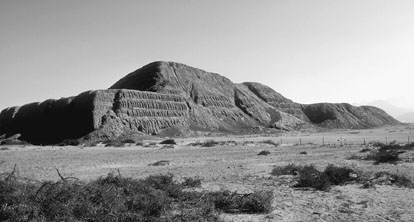

 | Page 642 |  |
In recognition of this field experience and the publication of his results he was appointed head of the new Division of Physical Anthropology at the National Museum of Natural History, smithsonian institution, Washington, D.C., in 1903.
During the next forty years in this position Hrdlicka built his department into a major research center, based on one of the best human osteological collections in the world. He founded the American Journal of Physical Anthropology in 1918 and the American Association of Physical Anthropologists in 1930. Hrdlicka’s primary research interest focused on the origins and antiquity of Native American Indians. He studied all of the skeletal material claimed to be evidence of early human beings in America, and argued that it did not predate the postglacial period. He also undertook fieldwork in the Kodiak and Aleutian Islands off Alaska in the 1930s as part of a project to test the thesis that indigenous Americans had originally come from Asia. Hrdlicka was also interested in the origin of modern humans and argued that Neanderthals were the direct ancestors of modern humans, presenting the Huxley Memorial Lecture in 1927 on “The Neanderthal Phase of Man.”
A large platform mound in the Moche Valley of peru, Huaca del Sol (Shrine of the Sun), along with its companion mound Huaca del Luna (Shrine of the Moon), forms the heart of the Moche kingdom. Construction began around the time of Christ, and the site was intensively occupied for a period of 600 years prior to being devastated by floods around a.d. 560. Although the site was rebuilt, it was eventually abandoned owing to the encroachment of sand dunes, which had previously destroyed arable land in the vicinity. Huaca del Sol and its companion pyramid were two of the largest adobe edifices ever constructed in South America. It has been estimated that 143 million bricks were required to construct the stepped pyramid of massive dimensions (2,175,120 cubic meters) and that the rulers of the city employed a system of corvée labor to complete the task.

The Moche Pyramid at Huaca del Sol
(AAA)
References
Alva, Walter, and Christopher B. Donnan. 1993. Royal Tombs of Sipán. Los Angeles: Fowler Museum of Cultural History, University of California.
 |  |